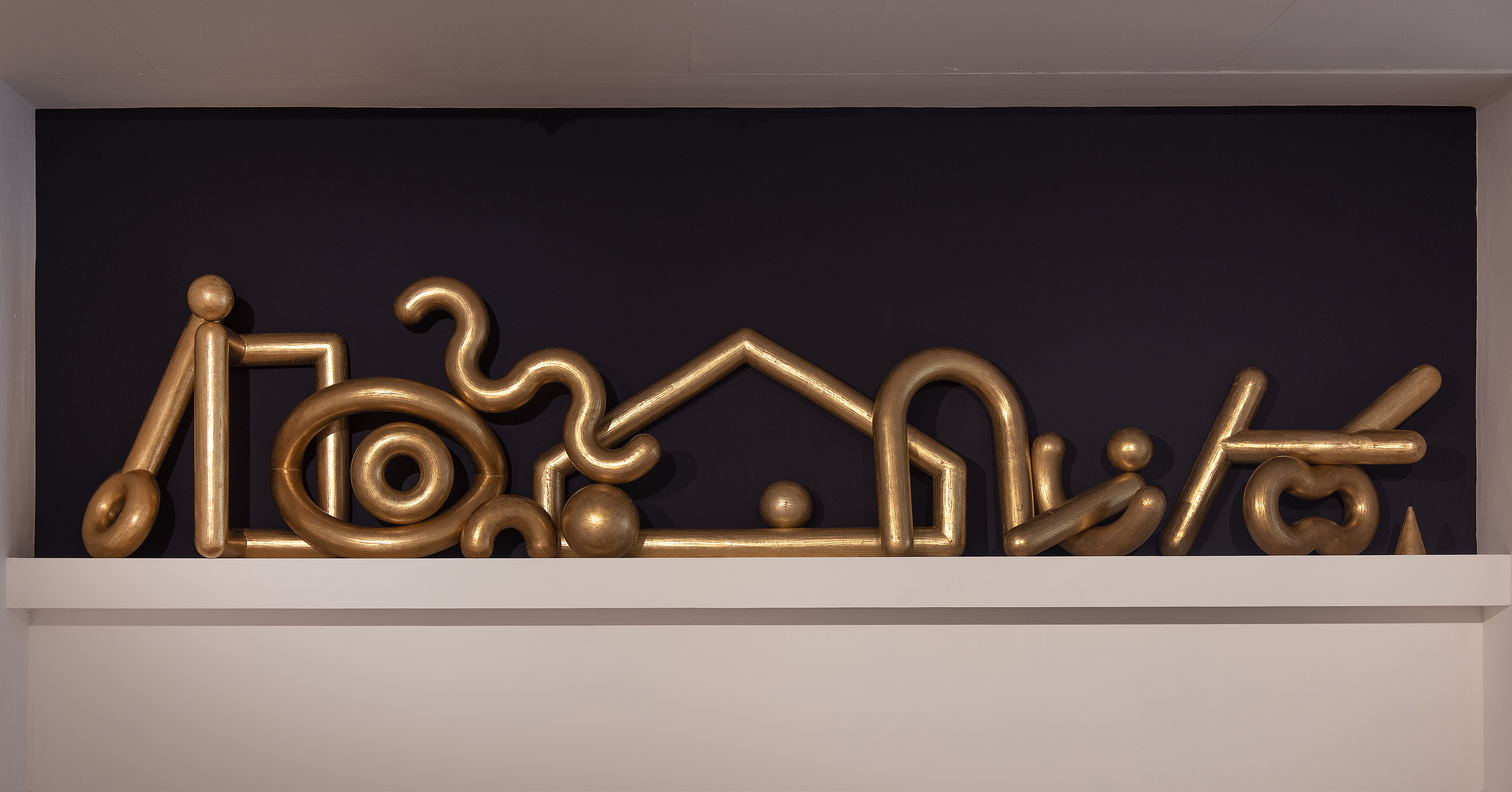


Glasgow’s Gallery of Modern Art (GoMA) has been awarded the prestigious Jackson Tang Ceramic Award 2020/21 by the Contemporary Art Society.
GoMA has received the award, which is designed to support a major acquisition of ceramic work, for the new commission Old Money (2020) by Glasgow-based artist James Rigler, which has now been installed in the exhibition Domestic Bliss in GoMA’s Gallery 4.
This year also marks the 25th anniversary of GoMA, which first opened to the public in 1996. When the museum opened, commissions were permanently installed across the building, including significant new craft interventions, and Rigler’s work allows GoMA to reprise the intentions behind these original commissions with a bold and ambitious new site-specific ceramic work.
GoMA is housed in Glasgow’s former Royal Exchange building, which was once the economic heart of merchant trade, and the new commission responds to the decoration of the GoMA building and encourages a renewed interrogation of its history.
Taking the form of a new frieze for the interior of the Royal Exchange, Old Money is formed of two elements: a plain shelf structure, carefully tailored to the simple circulation space of the 1996 redevelopment; and an informally arranged collection of metal-leafed ceramic forms.
The Royal Exchange building retains the ornament of its historic beginnings (columns, carving, extravagant plasterwork and vast spaces) but also displays the crisp minimalism of the 1996 redevelopment. Referring to elegant pediments above the grand doors in GoMA Old Money appears as an echo of these details, with a sense of informality reminiscent of household vessels on kitchen shelves, or tools leant up against a shed wall.
The title Old Money refers both to the history of the building and the entrenched privilege it represents. It also serves as a reminder that the meaning and value of coins is – like architectural styles – socially constructed and can evaporate with changing times.
Artist James Rigler said: “The ability of architectural decoration to signify a hierarchy of place and space lies at the heart of my practice. GoMA illustrates this to a remarkable degree: from luxurious private residence to elite economic centre and finally a civic gallery; the signs and symbols of its neo-classical architecture continue to speak of power, wealth and significance.
“My work attempts to reveal the overlooked languages of our buildings and spaces to destabilise the power that they continue to exert. Combining a sense of monumentality with a sense of the ridiculous, my sculptures attempt to bridge the gap between the everyday things that populate our lives and the extraordinary, monumental forms of historic architecture.”
“Buildings like the Royal Exchange use an arsenal of decorative and architectural details to influence how we access them and respond to them. They celebrate a particular historical narrative and a particular type of historic figure, upholding a hierarchy of place that implies a hierarchy of inhabitants. It is vital that we appreciate the beauty and skilled craftsmanship of such places without also losing sight of the stories of exploitation, violence and cruelty that helped generate them.”
James Rigler studied at the University of Brighton and Royal College of Art, but his formative years were spent as a model-maker and mould-maker in the architectural terracotta industry. He has exhibited widely, including At Every Fading of the Stars (2015) at Tramway, Glasgow and is represented in a growing number of public and private collections.